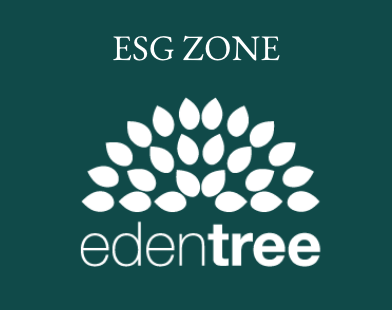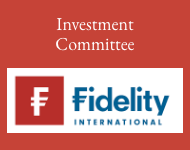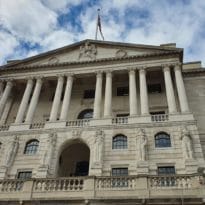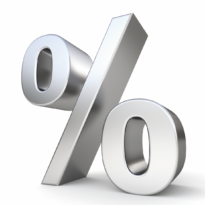Having held a reflationary view of global markets for the past year, the Nikko Asset Management multi-asset team says that is no longer as clear cut
Cross-asset pricing has recently been challenging our reflationary outlook.
When we first discussed the prospects for reflation about a year ago, we identified a number of key factors. Top of the list was the substantial and synchronous monetary and fiscal stimulus combined with an eventual reopening of the economy that would be very positive for growth. We expected activity to rebound strongly coming out of the original lockdowns and then to be reinforced with vaccines and even more fiscal stimulus from the US following the “blue wave” elections. As these factors began to play out, reflationary positioning performed very well through the first quarter of this year.
The second quarter started with a pause in the upward momentum for yields, which had risen sharply in the first quarter on a reflationary consensus following the ultra-low rates in the darkest days of the pandemic. Many cross- asset price movements have also reversed course, including a return to global rates compression, a stronger dollar and a rotation from value back to growth. These reversals could simply indicate that profit takers have moved in after some successful trades, or more worryingly, the changes could be foreshadowing a more disappointing growth scenario.
There is little doubt that price pressures have been running hot but a breakdown of the components driving recent inflation indicate that much of it seems more driven by supply disruption than sustained higher demand. This weighs against persistent inflationary pressures but also, to some extent, the argument for reflation.
The combination of monetary and fiscal stimulus, unprecedented in terms of size and scope, has been effective in supporting economies through the worst of the pandemic. However, emergency government policies in themselves do not create sustainable demand and growth because of their inherently temporary nature. At some point, organic growth needs to retake the lead in the shadow of the pandemic as government policies are gradually reduced. Have we turned negative on growth? No, but we do believe that the world has yet to come to the realisation that demand patterns may not return to a sense of normalcy for some time, which is why we adjust our outlook for potential volatility ahead.
Cross-asset neutral
We downgraded our view on growth assets to neutral, after having been overweight for some time, while also lifting our view on defensive assets to just slightly negative. We are still fundamentally constructive on global growth prospects but expect the period ahead to be more challenging as the world comes to terms with a pandemic that is proving difficult to vanquish, even as vaccinations grow rapidly.
Our reflationary view has been premised on extraordinary monetary and fiscal stimulus supporting the global economy through the worst of the pandemic and then leading to a successful vaccine-driven reopening. The eventual release of pent-up demand and excess savings would lead to exceptional growth—and possibly inflation.
However, increasing uncertainty surrounding consumers’ willingness to spend in the face of the new Delta variant may delay a return to more “normal” patterns of demand. Potentially weaker demand in Asia as China’s credit impulse turns negative may also be a headwind.
As a result, the “reflation trade” that we have championed for the last year is less clear cut and potentially losing traction.
We have reduced our view on developed market (DM) equities and listed infrastructure while lifting our view on higher income growth assets such as emerging market (EM) bonds and high yield. We also reduced our view on inflation assets and, to a lesser extent, our investment grade (IG) credit, in turn upgrading our view on DM sovereign bonds.
[]Main image: christian-lue-unsplash]




































